Selection of survey equipment
Selection of the appropriate equipment for searching, trapping, estimating pest population, such us: a torchlight, flushing-out sprays, baits, traps, measuring instruments, magnifying glass, etc., is important to conduct a thorough survey.
Survey methods
Surveys are conducted according to a predetermined scheme appropriate to the place being surveyed. This methodical way of working will ensure that no avenues of investigation are missed.
Signs of infestation
This establishes if there is evidence of pest presence. Because pests might not always be visible, the area is examined for signs of infestation such as smear marks, arthropod exuviae and wings, webbing, faeces, signs of damage, etc. Signs may sometimes be characteristic of a species and lead to its identification.
Identification of the Pest
Organisms found and captured in each survey, are classed as pests or not. Pest species identification, may often reveal the origin of an infestation, respectively, the origin may reveal information about the species. For arthropods, the adult may not always be present. Therefore, identification extends to pupae and larvae stages.
Source of infestation
Knowledge about pest ethology is highly useful as it may often lead to the source of infestation. Identification and recognition of such habitats, like cracks, crevices, etc., dictate the areas where pest control techniques focus, reducing the risk of re-infestation.
Extent of infestation
It is necessary to ascertain how widespread an infestation is to establish the area that needs to be treated. If the full extent is not assessed properly, isolated pockets of infestation might be left undetected. This would render the process of survey incomplete, and if a chemical method is implemented for control afterwards, development of resistance to the active ingredient of the biocide used, might be facilitated.
Degree of infestation
This indicates the seriousness of the problem. It grades the infestation on a scale and helps to put the problem into context so the correct action plan can be formulated.
Identification of problem areas
Problematic areas, such as those with poor hygiene practices, poor or faulty structures and inadequate storage measures will be documented at this stage.
Reports
The survey techniques, the kind of products and formulations used and a summary of the findings are recorded for evaluation and future use.
Regular monitoring
This is an excellent tool for evaluating the effectiveness of the measures taken and determining whether there is a need or not for repetition or for obtaining new strategies to ensure success. With continuous monitoring a new infestation is detected at an early stage. Traps are an important monitoring tool. Routine monitoring is not always feasible, as with ships that leave with no scheduled return to port. Regular monitoring is mandatory in certain cases for locating pests.


